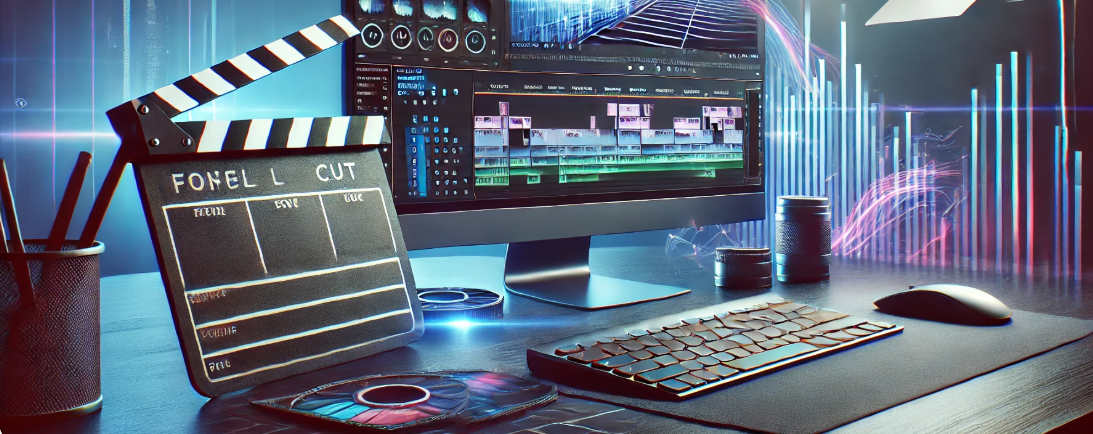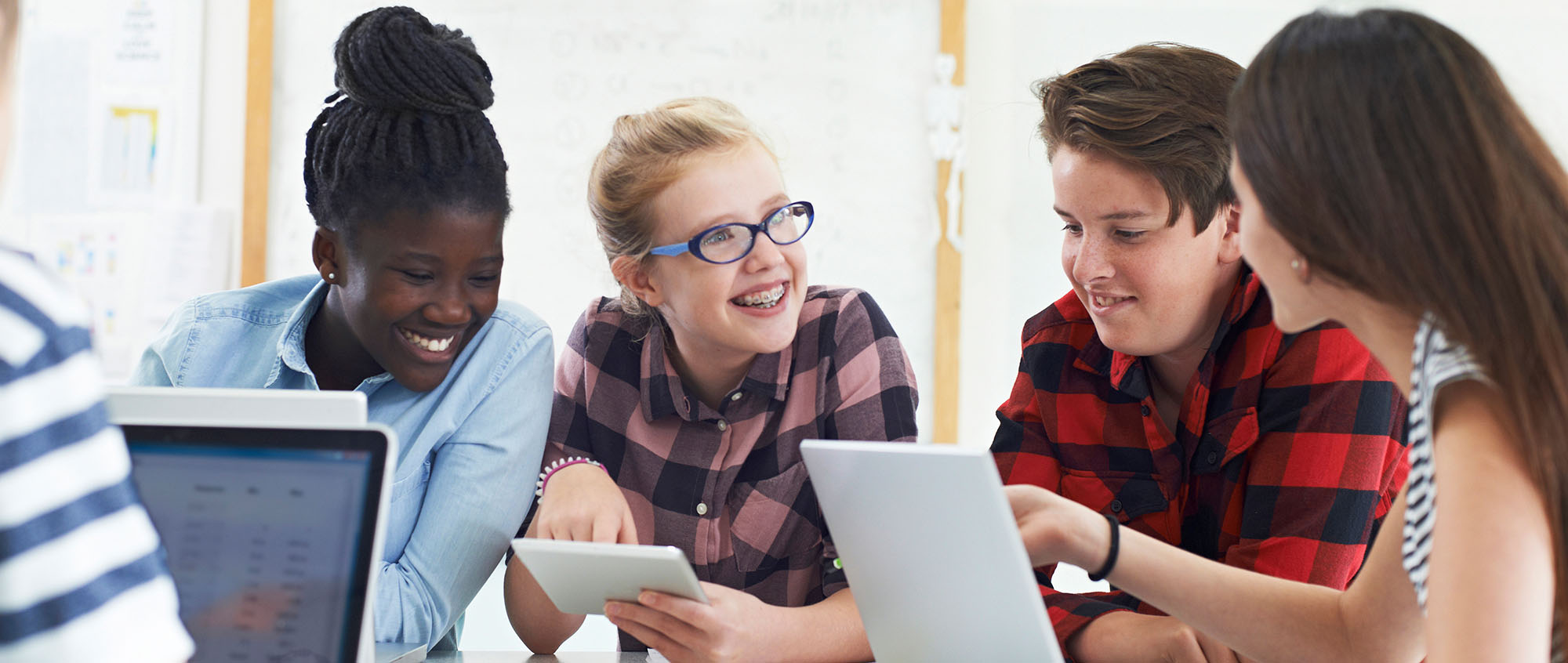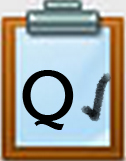Q3. Speaking Out About Global Issues: Speaking & Practicing
Speaking Skills Checklist & Practice
Step 1. Review this Rubric to help you plan on making an amazing video.
Then: Practice, practice, and practice some more. Review this Speaking Skills Checklist (copy it to your own drive, or download it as a Word file) and have your partner (or friend) be a coach and use it when you practice and then do the same for another partner or classmate.
- Use the checklist during the practices until you and your coach feel it is flowing well.
- Practice the transition if you are presenting or recording with others. Decide how the first person will introduce the second one. For example, “To help you learn more about ending poverty, my partner Sam will share some surprising information.”
Step 2. Select an appropriate and available recording tool.
- Check out the Video Recording information in 21 Things 4 Students 17. App Tutorials Creative Communications - Video
- and audio options. Check with your teacher to select an appropriate video creation tool.
- WeVideo, Adobe Creative Cloud, Splice, Educreations, Screenpal (formerly Screen-O-matic)
Step 3. Record your practice and review it, using the same checklist rubric from Step 6. Decide what you need to do to improve your performance on this video and continue practicing until you and your teacher feel you are ready to record.
Step 4. Record your video. You and your partner will share the webcam for your video. You can switch places or both stay in the webcam view together. If you need to redo it to improve it, then do so.
Step 5. Share your final video with your teacher and follow directions on how to share it with other classmates for feedback.

Competencies & Standards
MITECS Michigan Integrated Technology Competencies for Students, and
1. Empowered Learner
c. Use technology to seek feedback that informs and improves their practice and to demonstrate their learning in a variety of ways
2. Digital Citizen
a. Cultivate and manage their digital identity and reputation and are aware of the permanence of their actions in the digital world
b. Engage in positive, safe, legal and ethical behavior when using technology, including social interactions online or when using networked devices
3. Knowledge Constructor
a. Plan and employ effective research strategies to locate information and other resources for their intellectual or creative pursuits
b. Evaluate the accuracy, perspective, credibility and relevance of information, media, data or other resources
c. Curate information from digital resources using a variety of tools and methods to create collections of artifacts or solving authentic problems
d. Build knowledge by actively exploring real-world issues and problems, developing ideas and theories and pursuing answers and solutions
6. Creative Communicator
d. Publish or present content that customizes the message and medium for their intended audiences
7. Global Collaborator
b. Use collaborative technologies to work with others, including peers, experts or community members, to examine issues and problems from multiple viewpoints
Websites and Documents
Websites
- 17 Sustainable Development Goals of the U.N.
- Adobe Creative Cloud for Students
- Educreations
- Global Goals Posters
- Screenpal (formerly Screencast-O-matic)
- Splice
- WeVideo
- World's Largest Lesson! Unicef-Unesco
Videos from Outside Sources
- Sustainable Development Goals Video
- World's Largest Lesson pt 2 Video at the top of the page
21t4s Websites
21t4s Documents & Quizzes




